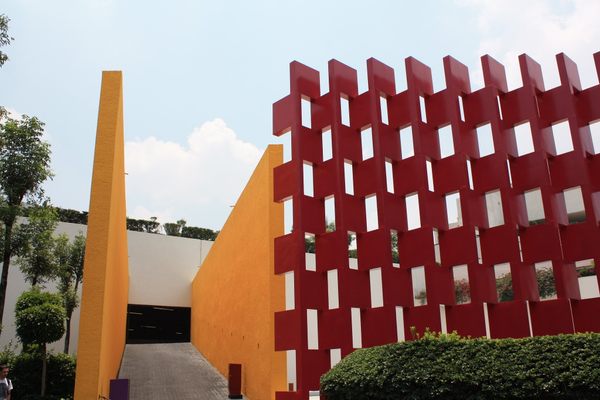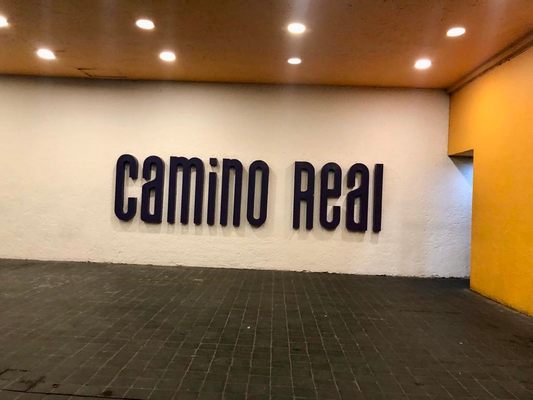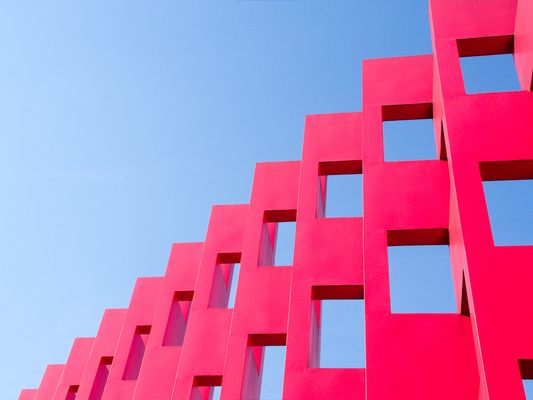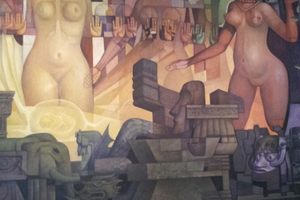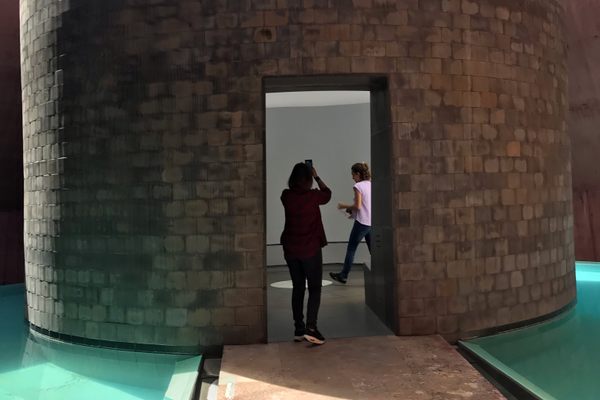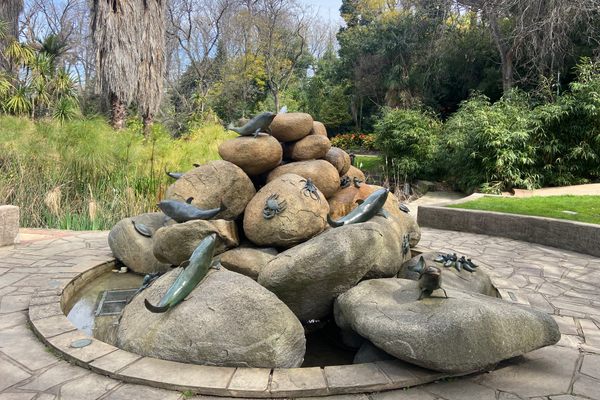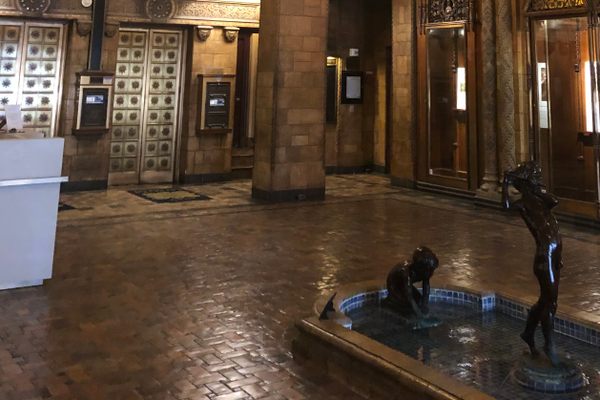About
A significant milestone in the history of modern Mexican architecture can be traced back to the Escuela Tapatía de Arquitectura movement. First introduced by Bauhaus-influenced architecture students in the city of Guadalajara, its most famous early practitioner was Pritzker Prize-winning architect Luis Barragán. Barragán was a teacher at Mexico City's National Autonomous University of Mexico (UNAM) and one of his students was Ricardo Legorreta Vilchis.
Legorreta's firm, Legorreta Arquitectos, was responsible for many of the innovations to the Escuela Tapatía style, especially in Mexico City as seen in the architecture of the National Center for the Arts. This hotel was one of Legorreta's first major works with significant input from Barragán. The hotel first opened in 1968.
The hotel was also designed as a museum of sorts, as numerous works of art grace its corridors. These include works by noted Mexican and international artists such as Pedro Friedeberg, Mathias Goeritz, and Alexander Calder. Practical design elements like textiles, graphics, and furniture also had artistic input from the likes of Anni Albers, Lance Wyman, and Knoll Furniture.
The most spectacular architectural work on display is the hotel's unique outdoor fountain known as "The Fountain of Eternal Movement." This work crafted by Isamo Noguchi deconstructs traditional fountains with falling water in favor of a large pool of water dyed blue circling in a constant whirlpool.
Ricardo and his son Víctor renamed the firm Legorreta + Legorreta, with Víctor taking over after Ricardo's death in 2011.
Related Tags
Know Before You Go
Only certain parts of the hotel are publicly accessible to non-guests, but many of the features are visible from the street.
Yucatan: Astronomy, Pyramids & Mayan Legends
Mayan legends, ancient craters, lost cities, and stunning constellations.
Book NowPublished
April 24, 2020





